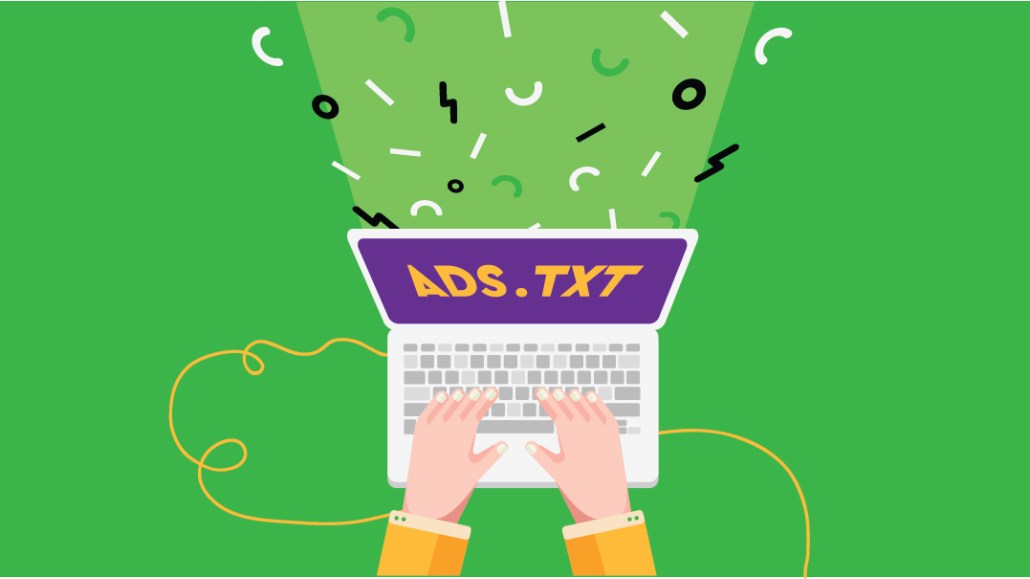Register by Jan 13 to save on passes and connect with marketers from Uber, Bose and more
360i enables ads.txt-only buying across all clients after seeing minimal impact on reach, pricing

As ad sellers have adopted ads.txt, ad buyers have questioned if enforcing the digital ad industry’s anti-fraud initiative would require them to compromise on reach and price. The answer, suggested by one agency, is no.
Dentsu Aegis Network’s 360i has enabled ads.txt-only buying across all of its clients using Google’s demand-side platform to place their programmatic buys, said 360i svp and head of programmatic Kolin Kleveno. The agency made the decision after buying only ads.txt inventory with a sample of clients in August and seeing no degradation in terms of scale or a hike in CPMs, said Kleveno.
To test ads.txt’s impact on reach and pricing, 360i used the option Google added to its DSP in June that lets advertisers buy inventory only from sites that had uploaded ads.txt files listing the companies authorized to programmatically sell and resell ads on their domains.
360i shared the results of three unnamed clients’ experiences that enabled the ads.txt-only option in August. Two of the clients saw a slight increase in CPM, and all three saw a slight decrease in daily impression volume, but Kleveno said those changes were insignificant.
For the first client, CPM went from $2.25 to $2.48 after enabling the ads.txt-only option, and the daily impression volume went from 1.1 million impressions to 1.0 million. For the second client, CPM went from $3.09 before to $2.80 after while daily impression volume declined from 2.4 million to 1.8 million. For the third client, CPM rose from $4.51 to $4.62, and daily impression volume went from 628,000 to 436,000.
The decreases in impression volume and increases in CPM that 360i’s clients saw after going ads.txt-only were not drastically different compared to the figures from before enforcing ads.txt, said Kleveno. Given that programmatic ad pricing and volume can fluctuate regularly anyway, the differences were in the same range of the fluctuations that 360i would normally expect to see in pricing and volume, he said. In some cases, CPMs were even cheaper, Kleveno added.
A Google spokesperson declined to say how many advertisers or campaigns have used its ads.txt-only option and how impression volume and pricing compares for campaigns that use the option versus those that do not.
As perhaps the strongest evidence of 360i’s comfort with ads.txt’s impact on pricing and volume, Kleveno said the agency plans to continue to keep the ads.txt-only option enabled for clients buying through Google’s DSP through the fourth quarter of 2018. That is notable because Q4 is typically the most important ad-buying period for advertisers and when they become more protective of their ads’ reach and costs.
“By doing this and testing it out right away, that allowed us to be able to go into Q4 with the confidence that we’re still going to be able to deliver budget and hit the KPIs that our clients have set forth for us,” said Kleveno.
360i’s adoption of ads.txt-only buying signals the anti-fraud initiative’s progress since being introduced in May 2017. Publishers bought in; according to fraud protection firm Pixalate, 75 percent of the top 1,000 sites in terms of programmatic sales volume had uploaded ads.txt files by the end of June. Then DSPs such as MediaMath and Google’s Display & Video 360 (née DoubleClick Bid Manager) gave advertisers tools to enforce ads.txt. But ad buyers have been leery of embracing ads.txt-only buying until they could see how doing so would impact pricing and volume at this point in time.
360i’s experience in adopting ads.txt-only buying alone may not be evidence enough for other ad buyers to follow suit. But those other ad buyers are likely already accruing their own evidence. Agencies such as RPA and Publicis Media Precision had previously said they had planned to test DSPs’ ads.txt-only buying options to see how fully enforcing ads.txt could impact campaigns’ performance. If they and others see results similar to 360i’s, that could advance ads.txt to become a default ad-buying option on par with viewability.
More in Marketing

OpenAI’s countdown: monetization, ads, and a Google-shaped threat
With fierce competition from Google et al, the clock is ticking for the AI company to launch its ad business.

Crisis, culture and costs: The new reality of the modern CMO
Crisis, culture and cost pressures are reshaping the modern CMO into a revenue-driven strategist uniting marketing, communications and finance.

Digiday+ Research: The marketer’s guide to AI applications, agentic AI, AI search and GEO/AEO in 2026
Digiday’s annual AI report explores how marketers are navigating the opportunities and challenges AI brings as it becomes an indispensable piece in their toolkits.








